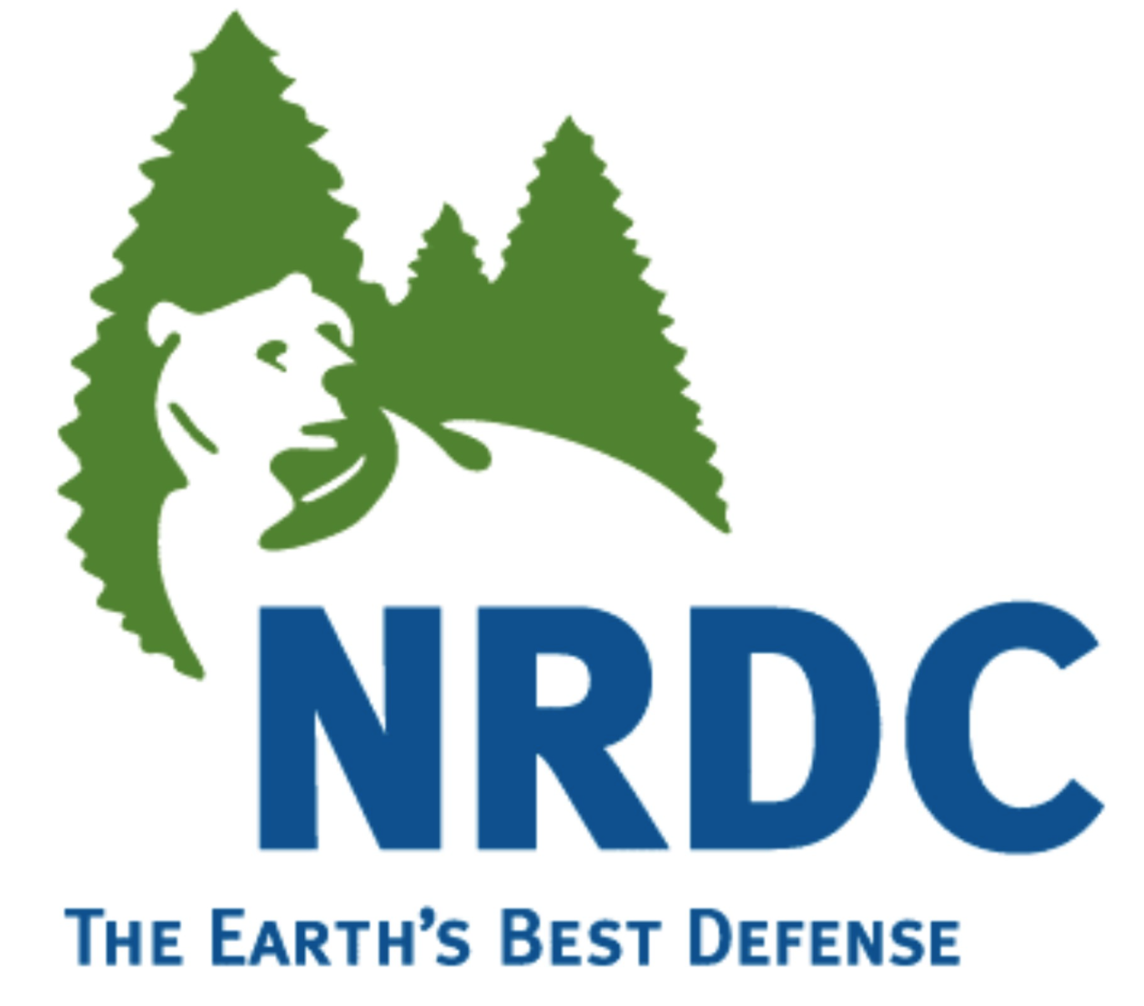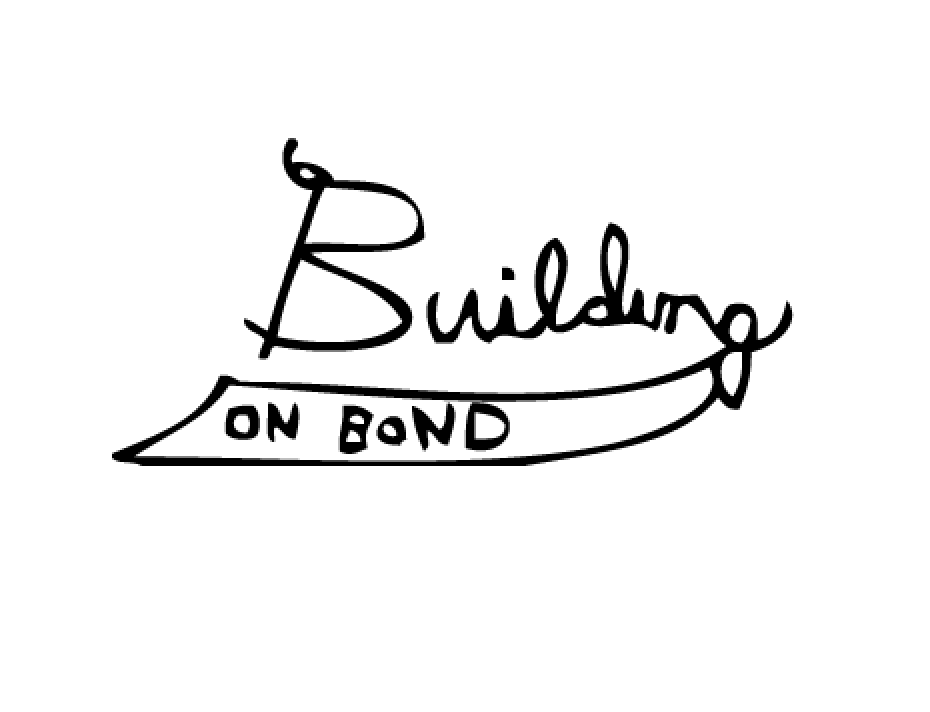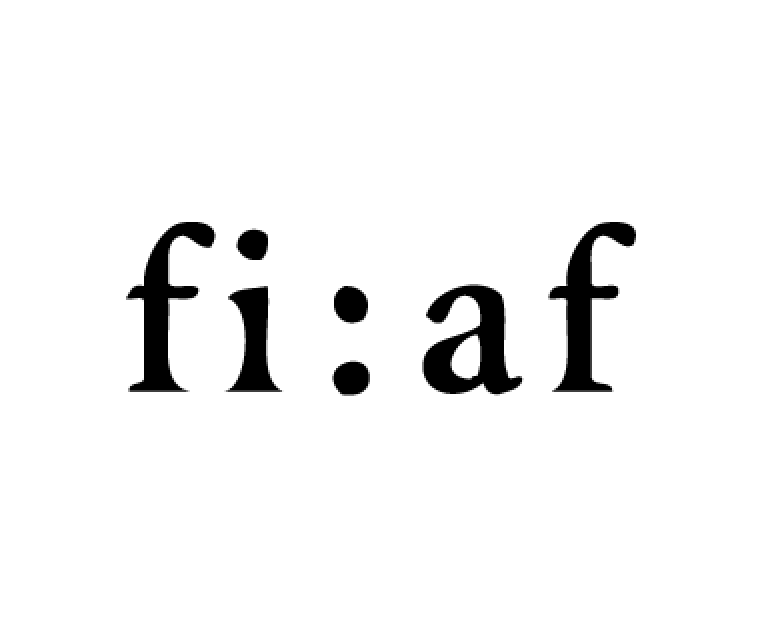Pollinator habitat has been lost to agriculture, resource extraction, and human settlement. Although altered landscapes can provide floral resources for some pollinators, many bees and butterflies are habitat specific, and the loss of sites for overwintering, foraging, and nesting can be detrimental to those species.
Habitat degradation, the decline in habitat quality, is another serious concern. For example, the loose, friable soil required by ground-nesting bees may be trampled by heavy foot traffic or the use of off-road vehicles. In cities, ground-nesting species may be particularly limited due to the large amount of landscape that has been covered with concrete or other impervious surfaces.
Many pollinators are adversely affected when large tracts of habitat are broken up into smaller, isolated patches by road construction, development, or agriculture. These habitat fragments may not be large enough to meet all pollinator needs. Establishing and maintaining connectivity—safe passage among patches—is key to pollinator persistence in these areas.








